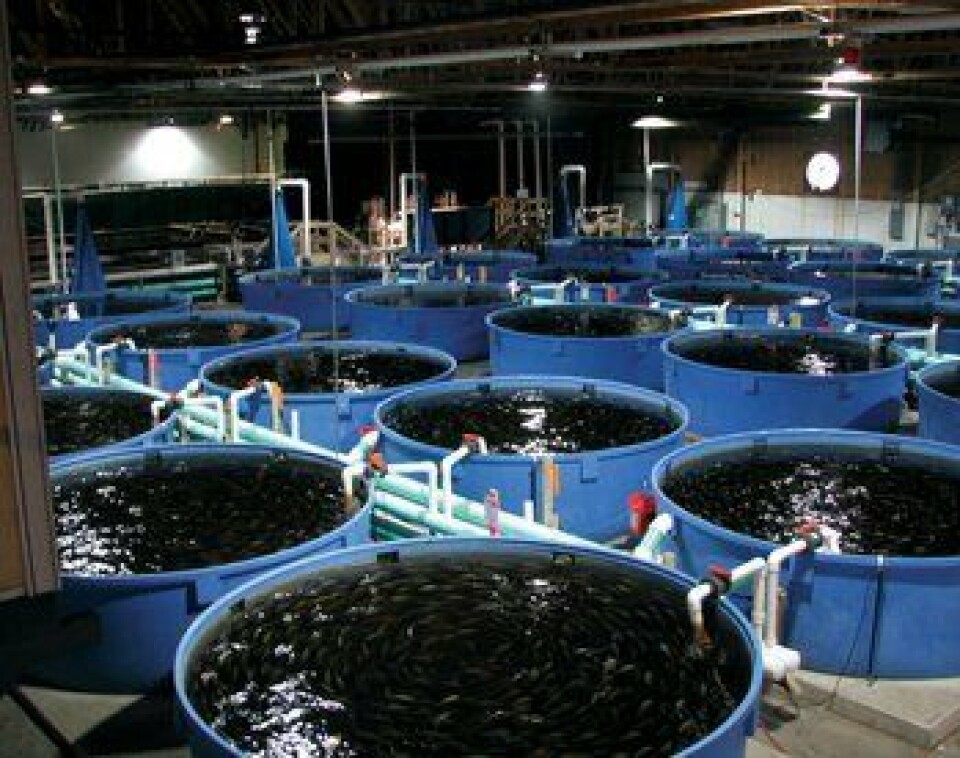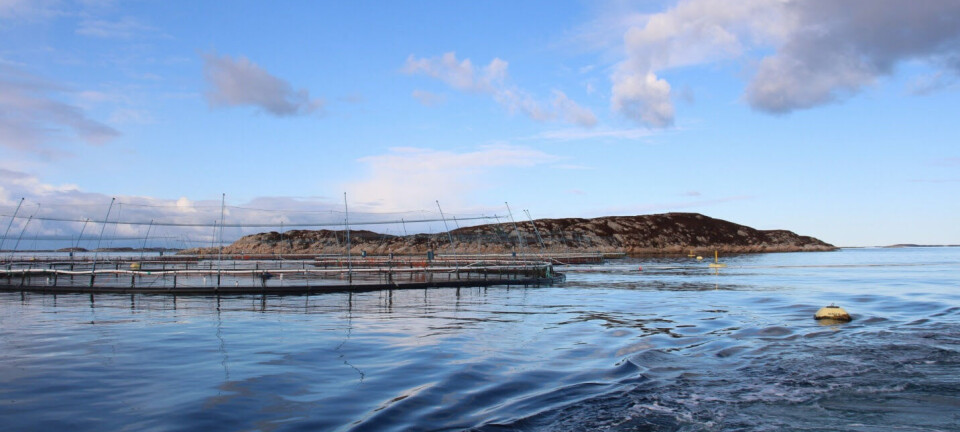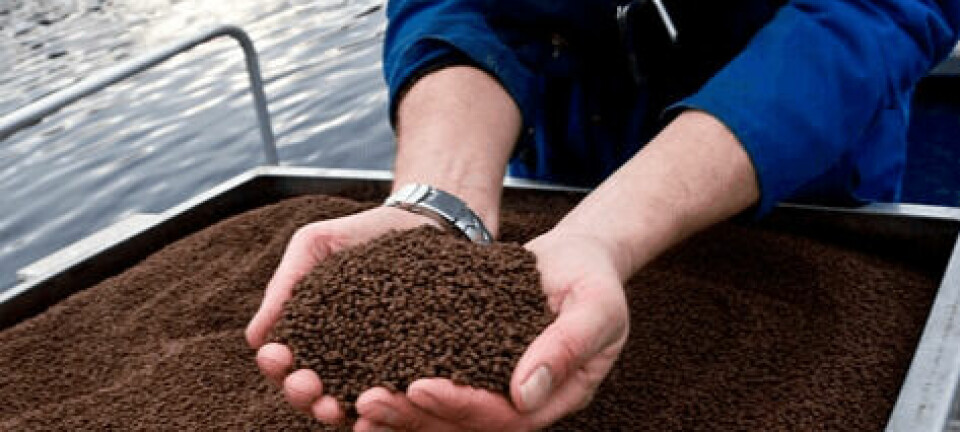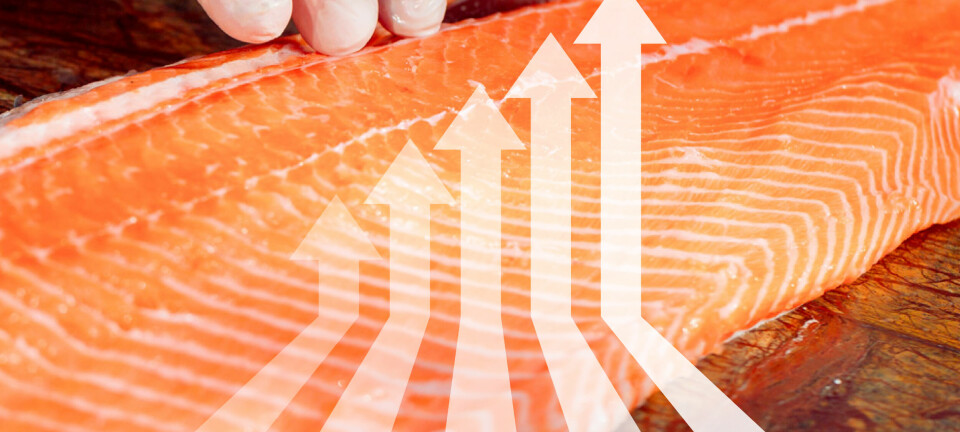
Salmon do better in circular tanks
Historically, fish farmers growing salmon juveniles for the purpose of enhancing wild salmon and trout stocks in the Pacific Northwest have often been using concrete raceways or even long and narrow tanks made of aluminium for the production of these small fish. Many facilities, including large producers of rainbow trout in Washington State and government enhancement facilities in British Columbia still use this equipment. But all private salmon hatcheries in B.C. have been using round tanks for years, and for a good reason, as recent findings by The Freshwater Institute’s Michael Shultz explains in this recent release which states that Salmon need exercise too- Fit fish a boon for hatchery managers;
Swimming against a current is a challenging exercise, and hatchery fish, it turns out, benefit from the workout. This seemingly obvious research finding highlights potential shortcomings in raising juvenile hatchery salmon and steelhead in rectangular raceways with little or no current for fish to swim against. It also points the way for hatchery managers in the Northwest to save water while substantially increasing the percentage of the fish they raise that will successfully migrate to the ocean.
The research, conducted by the Chelan County Public Utility District, (National Oceanic and Atmospheric Administration-) NOAA’s National Marine Fisheries Service and The Conservation Fund’s Freshwater Institute at the Eastbank Hatchery near Wenatchee, Washington, compared the effectiveness of raising steelhead and summer Chinook salmon in circular tanks that reuse water to the traditional method of raising the fish in rectangular, flow-through raceways.
The researchers found that the fish raised in the circular reuse systems migrated downstream faster, in greater numbers and with higher survival rates than the fish grown in the raceways. The main difference: the fish raised in the circular tanks swim against a relatively swift current compared to the fish in the raceways. The current is generated as water is pumped through the circular tanks in which the fish are raised.
The circular tanks are part of a system that, depending on the technologies employed, can reuse up to 99 percent of the water in the system. In the pilot project at Eastbank Hatchery the system was designed to use four times less water than the raceway systems. In addition the circular tanks collect and concentrate waste products from the fish and uneaten food, making it easier for hatchery managers to clean their discharge water and meet permit requirements. “We are really at the early stages here and recognize that hatchery innovations may require many years to prove their effectiveness, but in this case, we are extremely optimistic that water conservation and hatchery supplementation efforts can complement one another. This could be a win-win for hatchery managers and the public alike as we face increasing demands on our water resources” said Joe Miller Hatchery Program Manager for Chelan County Public Utility District
In addition to migration speed and survival, the researchers looked at the growth, physiology and overall health of fish raised in circular reuse tanks. They determined that there were no indications of significant deleterious side effects and found there was no significant difference in growth, lipid levels, condition factors, or smolt development between the reuse fish and the raceway fish. In addition, the reuse group had far fewer “mini-jacks,” or small, juvenile male salmon that become sexually mature early and stay in the freshwater section of the rivers, rather than migrate to the ocean (referred to as “precocious males” in the B.C. salmon farming industry). Mini-jacks occur naturally, but in less than 5 percent of the total males. In hatchery raised fish, however, mini-jacks are sometimes as high as 90 percent of the population. Scientists recognize the potential that, over time, mini-jacks from hatcheries could skew the wild population’s genetic makeup toward domesticated qualities found in hatchery fish.
In the recent study, the numbers of mini-jacks produced in the reuse, circular tanks was approximately 1.5 percent of all fish compared to 4.5 percent of all of the raceway fish. In the second year the number of mini-jacks was 6.5 percent of all fish versus 13 percent for the raceway-raised fish. “Water reuse in circular tanks provides a range of swimming velocities that appears to be beneficial to the fish, and it does so with a far more efficient use of water,” said Dr. Brian Vinci, Director of Engineering Services for the Freshwater Institute, located in Shepherdstown, West Virginia. Vinci has been helping public utility districts in Eastern Washington implement water reuse technologies.
The research will be presented at the Northwest Fish Culture Conference, December 7 to 9, in Portland Oregon.























































